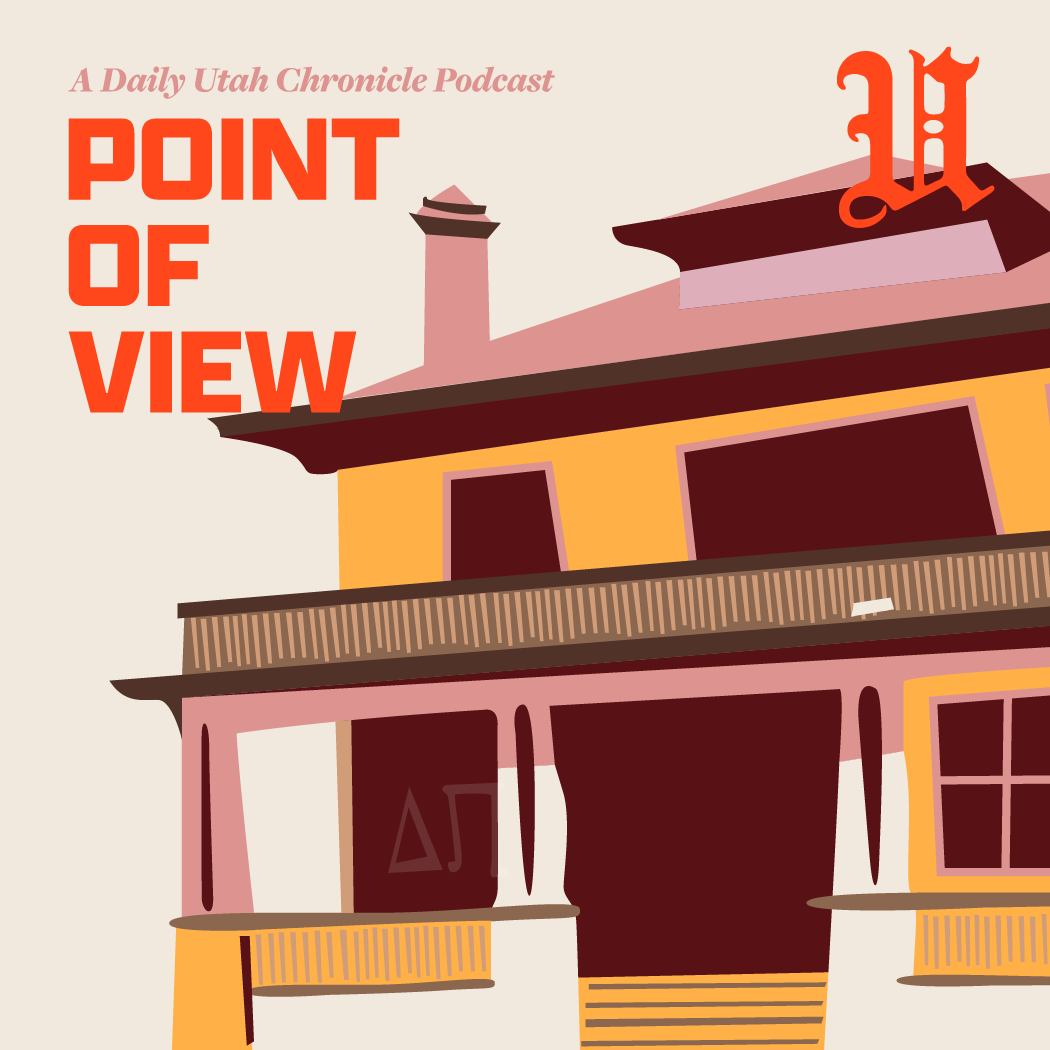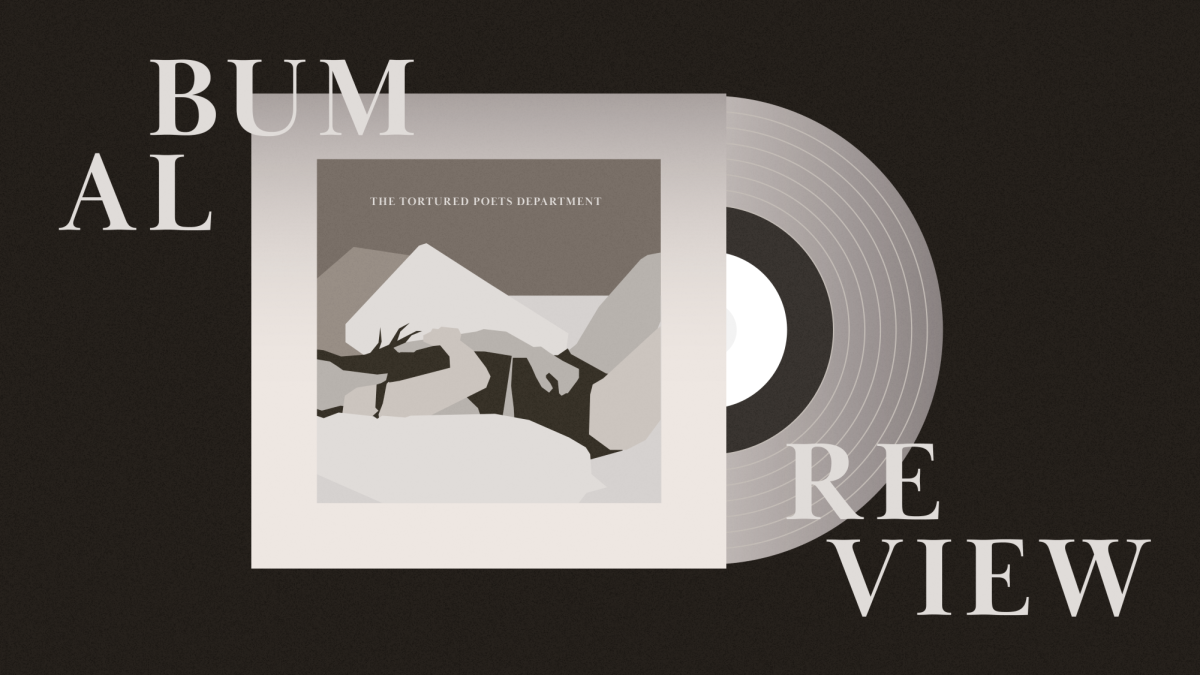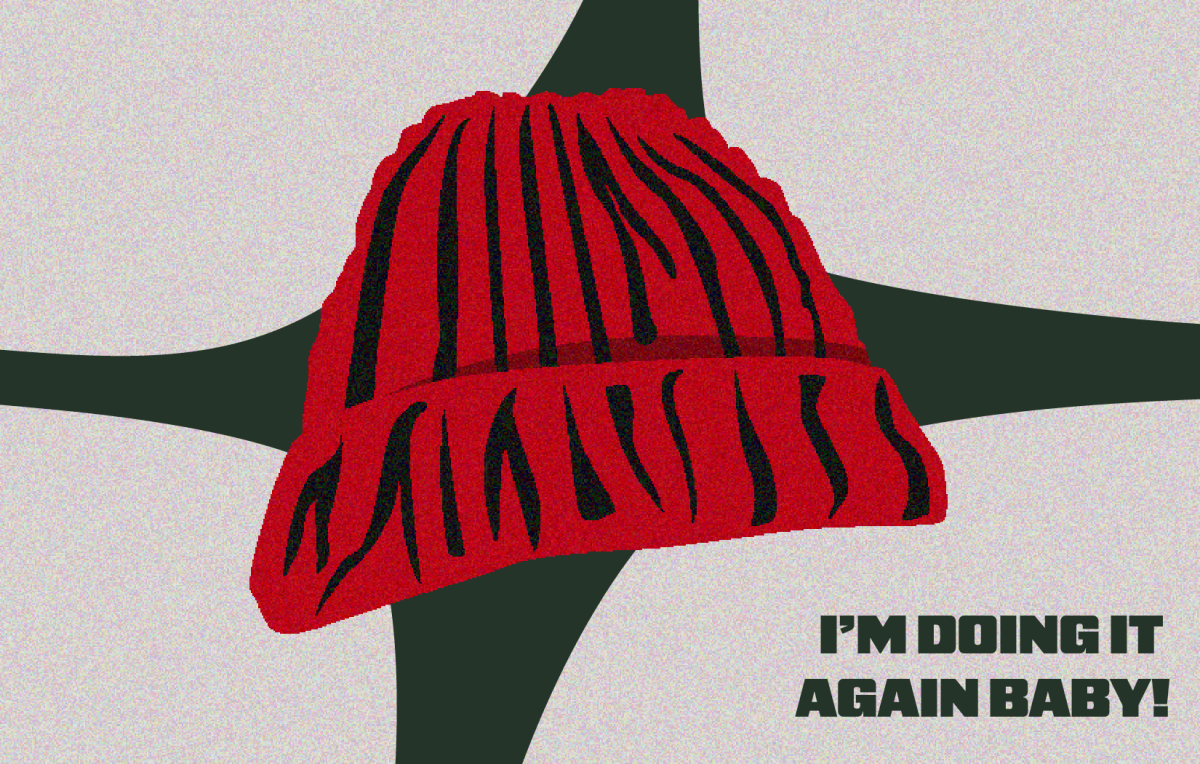
Chilean-born and New York-based artist Alfredo Jaar’s creations are like Russian nesting dolls. Each time a layer is peeled, something is found inside. By unmasking human rights violations and wrapping them in art, Jaar confronts major issues such as war, immigration and homelessness.
Jaar held a lecture at the Utah Museum of Fine Arts on Wednesday night. Using a PowerPoint to magnetize participants and draw them into a world of installation art.
Jaar’s method was best accomplished in the piece “The Geometry of Conscience.” Jaar started by showing images of Santiago, Chile, where the exhibit is located. These photographs slowly zoomed to a staircase leading to an underground cement space. Upon flashing an illustration of the underground room, the screen went black.
After one minute, lighted silhouettes popped on the screen. While displaying the human cutouts, Jaar explained the atrocities brought on by Chile’s Pinochet military rule and dictatorship.
“These silhouettes are coming from two types of people. Only half of them are victims of the Pinochet regime. They were killed by the military. Then, there are the ones called the missing ones,” Jaar said to the audience. “The other ones are the people I photographed in the street of Santiago, so they are intermixed — the living and the dead.”
Eventually, the pictures felt inexistent, and audience members placed themselves in the actual gallery.
Jaar went one step further and showed the portraits used for the silhouettes. By juxtaposing numbers with individuals, Jaar exposed his one-of-many artistic nesting dolls and brought an emotional meaning to the news-infested military coup of the Pinochet regime.
From explaining the “The Geometry of Conscience” to showing this work “One Million Finnish Passports,” Jaar once again used statistics to make a statement. Finland is known for its anti-immigration policies. Compared to other European Countries, it rarely lets people pass its borders. Wanting to address this concern, Jaar locked one million Finnish passports behind a glass case.
“Why one million? I have calculated that with most European countries, 20 percent of their populations are foreigners, or people of foreign descent,” Jaar said to the audience. “Finland … has five million inhabitants. If Finland had a normal immigration policy, by now they should have one million immigrants. These are their passports.”
Jet-planing from Finland to Canada, Jaar instills his ideas throughout the globe. In Canada, Jaar brought art to the Cupola of the Marché Bonsecours, a dome that once housed the Canadian Parliament and also acted as Montreal’s City Hall.
Left abandoned, Jaar wanted to recreate the image of the building. After walking the streets of old Montreal, he came across three homeless shelters. Upon speaking with the homeless, he realized their need for a voice. Wanting to give significance to those who roam the streets hungry and without a home, Jaar installed thousands of red lights in the Cupola of the Marché Bonsecours. For months, the lights lit up every time a person walked into any of the three shelters.
Like the abandoned building, many of Canada’s homeless feel left behind. By using a huge architectural structure, Jaar showcased the feelings of a forgotten demographic.
Jaar’s lecture proved numbers are art, and there is depth under the stacks of statistics.
“I think his repetition of individuals is interesting. Specifically with the passports and portraits. I thought it was interesting to be able represent individuals through something that’s exactly the same,” said Willard Cron, who attended the lecture.










